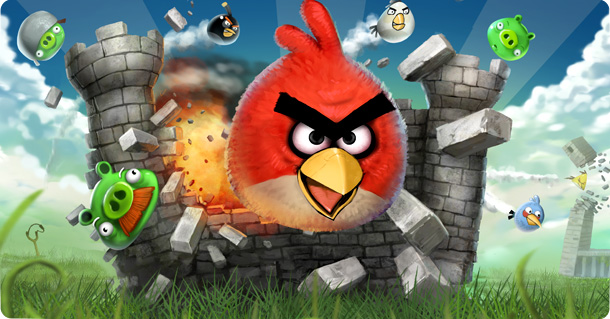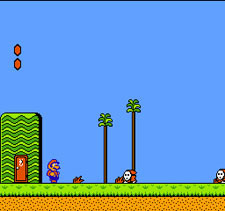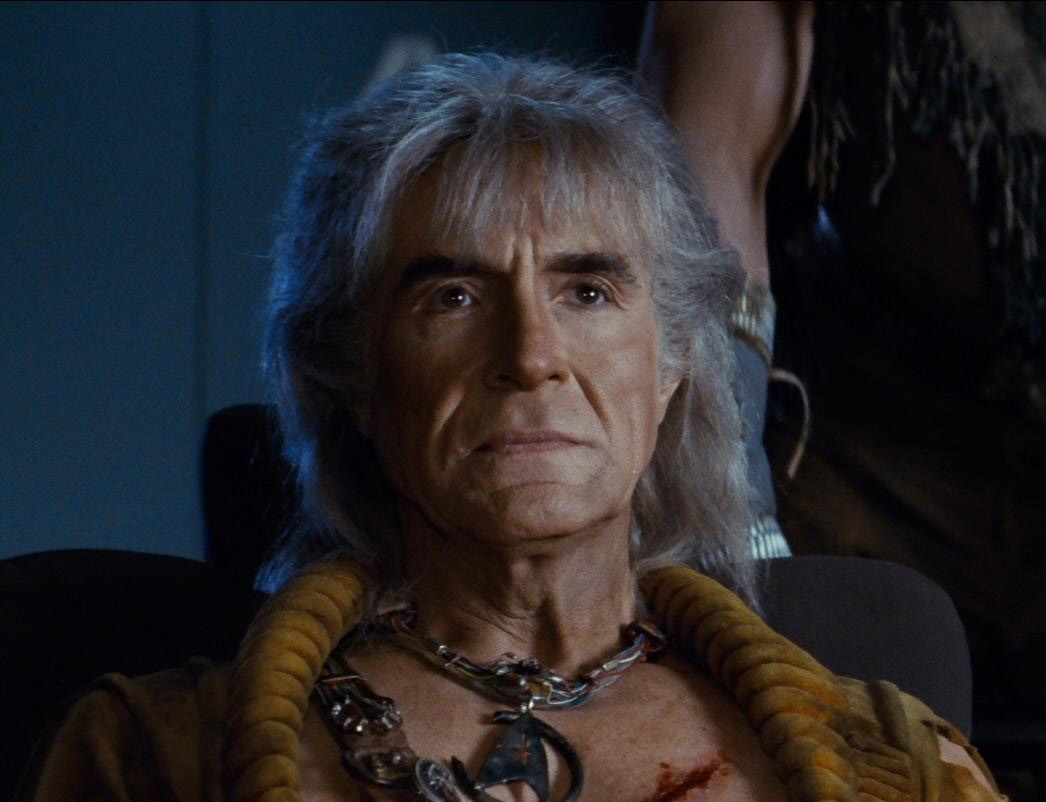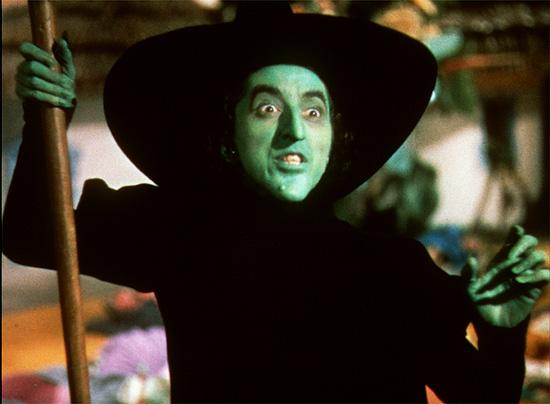Excellence? Okay, then what is the path to excellence? Most might answer Hard Work. And many stop there.
What's the fuel for hard work? Motivation! Okay, so where can I get some?
How about a mentor? Or a rival? Or even divine conviction?
Actually, I think a readily available source of inspiration, can be found in "Angry Birds".
Or more precisely, a focus on increasing intrinsic motivation for a task, rather than the task itself or the goal to be achieved.
In his book (and thinly veiled tract for self-determination theory)"Drive", Daniel Pink postulates that the keys to increasing motivation in self and employees is to set up environmental factors that encourage Autonomy, Mastery and Purpose, like some kind of triforce of business-self-help book formulae.
What intrigues me here is "Mastery".
How much money do people get paid for playing "Angry Birds"? Does your iPhone just spit out redeemable prize tickets once the last big green piggiy is blown up?
One of life's lessons learned from "The Mighty Ducks", Is that peak performance comes from enjoying the game instead of not pursuit of the prize, and some economic theories put forth a big paycheck or trophy doesn't vitiate subjects, and can in fact, discourage.
The raising level of difficulty is such an essential part of gamer culture, it's part of what defines the difference between a lowercase "game" like MS solitaire, and waiting in line for "blown weekend: the expansion pack".Games like these are a mess of increasing speeds, "leveling up", and increasingly tough "Boss Battles". In short, Angry Birds, like many popular video games, get harder the longer you play it.
By comparison, what's the first level of your favorite video game like?
example only, Super Mario Bros 2 is NOBODY'S favorite video game
Damned Easy!
As the maxim goes, "The Journey of 10,000 miles begins with the first step", so goes the crack dealer's corollary "The first one's free."
So here's the example. Let's say you're going to Quebec and want to learn to speak French, but you don't like learning languages. You figure you could do it, if you had the Rocky Balboa-esque drive to get up at 5am, eat raw eggs and train hard at work memorizing grammar, syntax and vocabulary, but you just don't. Not to worry, the principles of Angry Birds can help you out!
1. Get rid of the prizes.
and ignore the external factors that might act as prizes. Remember, nobody gives you prizes for playing Angry birds. So fight the urge to give yourself congratulatory Oreos every half hour of study.
Besides, if you eat that many Oreos, you'll turn into Jabba the Hut and the Quebecois will just laugh at you.
2. Plot your plans on a curve. AND Make the first one easy.
This is the source of positive addiction to task mastery (and Angry Birds). For instance, in your quest to learn french, you might have a weekly quota of 42 vocabulary words per week to memorize. Which is six per day. Sure, that's not hard (or maybe it is to retain that information). But that will get boring.
I know it sounds contrary to the ways of Hard Work, but why not just start with one vocabulary word on the first day, then two on the next, and so forth. There is an endorphin buzz that comes with meeting goals, and the more hits you have early will drive you for the bigger targets that you set for yourself later.
3. The little question.
"Did I do it better than yesterday? Did I do this better than last time? "
Because, failures along the road are inevitable. It's possible that you might not master speaking French by the time you go to Canada. Sooner or later your own goals from tip #2 will escalate too high to meet when you're attempting to memorize 56 irregular verbs in one day.
So yeah, shit gets tough, and every so often you've gotta step back and remind yourself that the name of the game is to always be improving at what you do, and to make that your target, is what it means to work hard.





















































